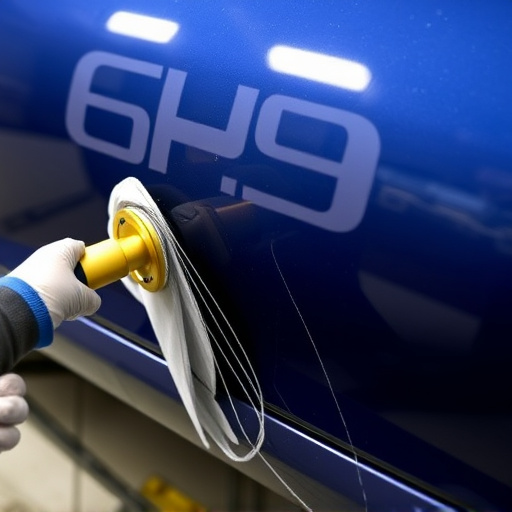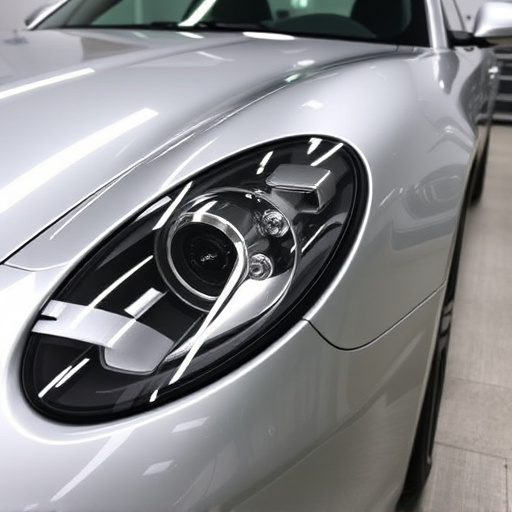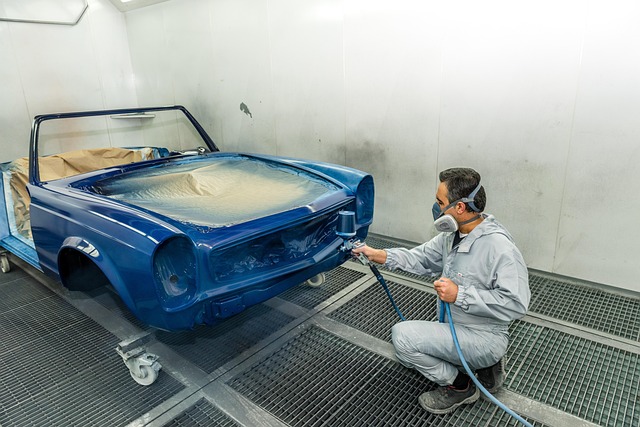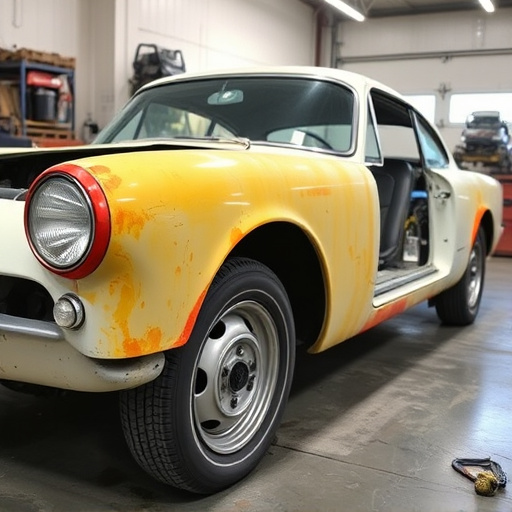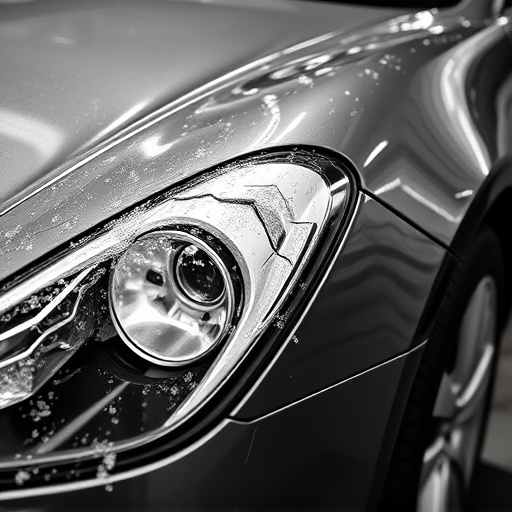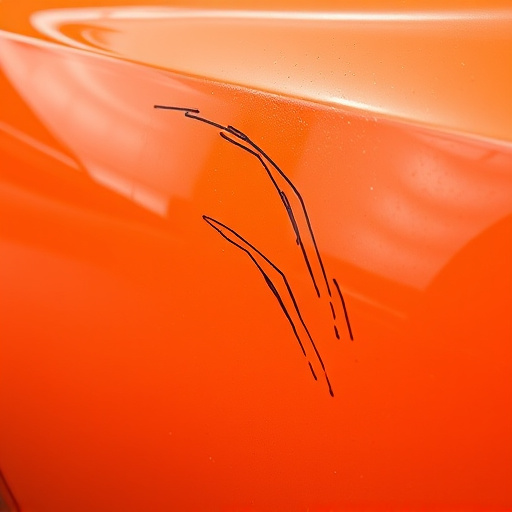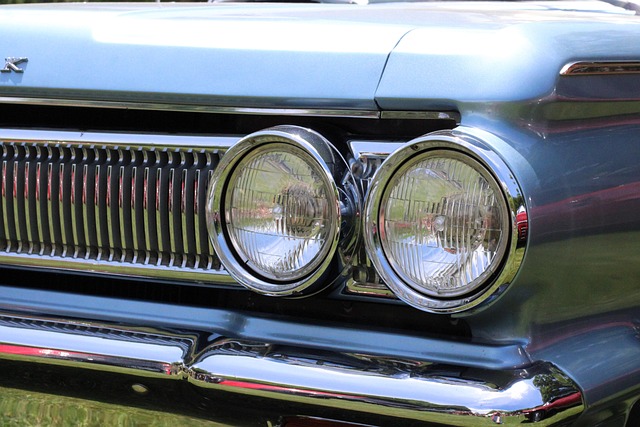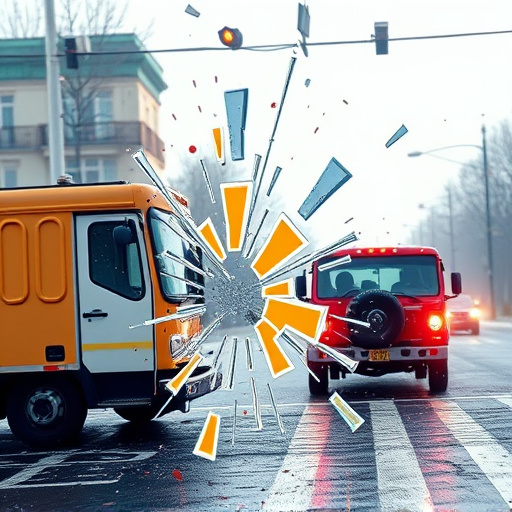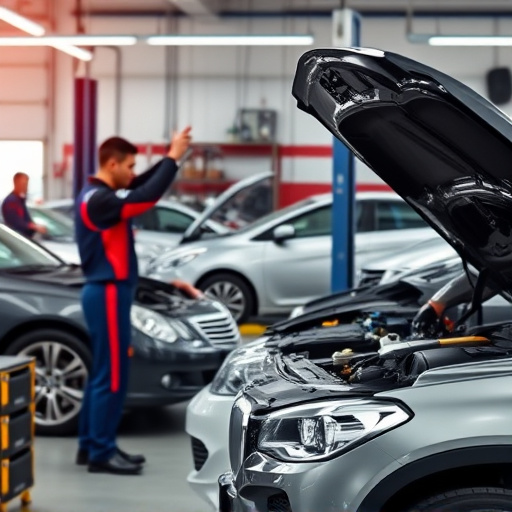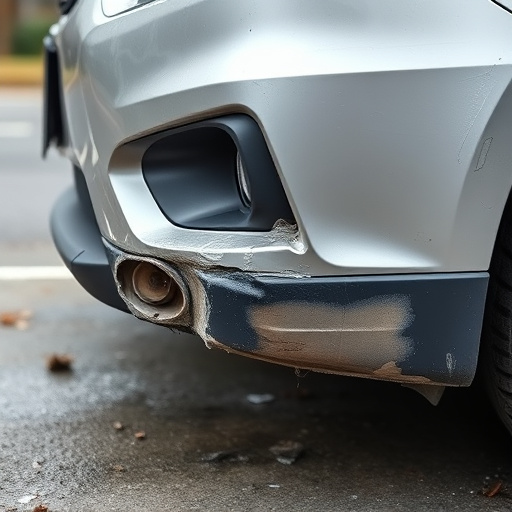In today's digital age, despite advancements in vehicle technology, accidents still occur, highlighting the persistent need for effective liability claim repair services. By 2025, the industry has transformed through digital innovation, including sophisticated software, data analytics, and advanced imaging techniques like 3D scanning. These breakthroughs streamline processes, ensure accurate damage assessments, and deliver high-quality repairs, fostering fairness, transparency, and customer satisfaction. A robust liability claim repair system enhances trust among insurers, workshops, and policyholders, addressing past issues to promote integrity in auto bodywork and preventing future disputes.
In 2025, liability claim repair remains an indispensable pillar in the insurance sector. Despite technological advancements, the ever-present need for efficient repair processes underscores the critical role of liability claim repair in fostering trust and ensuring fairness. This article explores why traditional methods endure, delving into technological innovations that streamline management while emphasizing transparency and equity through repaired claims. By examining these aspects, we uncover the future relevance of liability claim repair.
- The Ever-Present Need for Liability Claim Repair
- Technological Advancements in Liability Claim Management
- Ensuring Fairness and Transparency through Repaired Claims
The Ever-Present Need for Liability Claim Repair
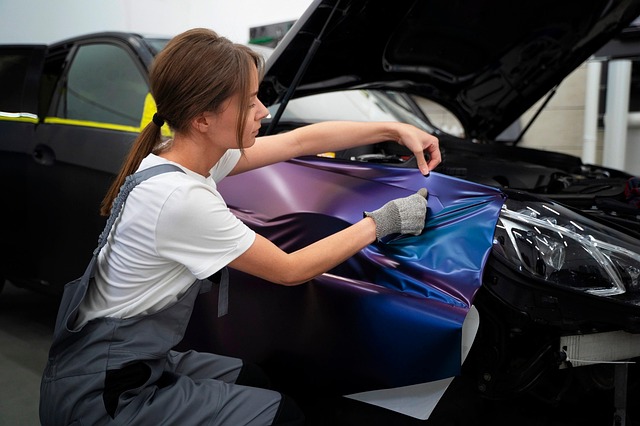
In today’s digital era, where technology has transformed various industries, the need for liability claim repair remains as robust as ever. Despite advancements in vehicle diagnostics and autonomous driving systems, accidents still occur, leading to car damage and subsequent claims. Liability claim repair is a critical process that facilitates the resolution of these claims, ensuring fair compensation for individuals and businesses affected by automotive incidents.
The complexity of modern vehicles and the increasing sophistication of legal procedures underscore the importance of efficient liability claim repair services. Vehicle repair shops offering specialized car body repair and comprehensive car damage repair solutions play a pivotal role in this process. By providing timely and accurate assessments, these repair services not only restore vehicles to their pre-accident condition but also help streamline the claims settlement process, ensuring everyone involved receives the support they need.
Technological Advancements in Liability Claim Management

The year 2025 marks a significant milestone in the evolution of liability claim management, where technological advancements have transformed traditional processes. With digital transformation at its forefront, the industry now leverages sophisticated software and data analytics to streamline operations. These innovations enable efficient tracking of claims, automated documentation, and faster decision-making. For instance, advanced imaging techniques like 3D scanning can accurately capture vehicle bodywork damage, enhancing the precision of repair estimates.
Moreover, the rise of specialized vehicle body shops equipped with modern facilities facilitates complex repairs, including meticulous fender repair. These shops employ trained professionals who utilize cutting-edge tools and materials to restore vehicles to their pre-incident condition. As liability claim repair continues to adapt and integrate these technological breakthroughs, it ensures a more efficient, precise, and customer-centric approach in 2025 and beyond.
Ensuring Fairness and Transparency through Repaired Claims
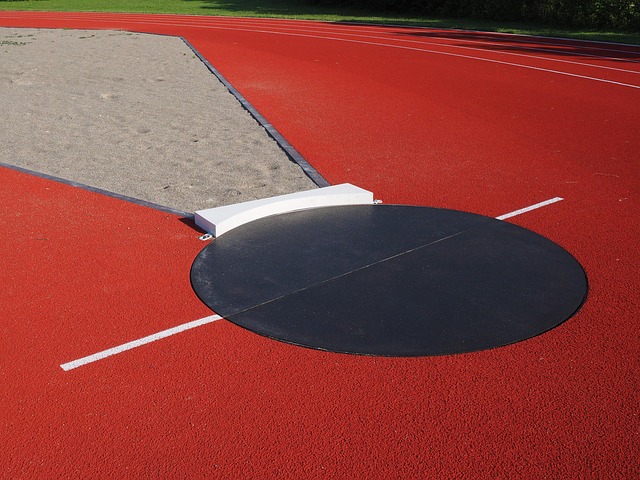
In an era where digital transformation has reshaped various industries, the concept of liability claim repair remains a cornerstone for maintaining fairness and transparency in the automotive sector. As we move into 2025, ensuring that vehicle owners receive accurate assessments and efficient repairs for their damaged cars is more critical than ever. A robust system for managing liability claims fosters trust between insurers, workshops, and policyholders.
By focusing on repairing and rectifying past claims, stakeholders can address any discrepancies or inadequate repairs, promoting a culture of integrity. This practice is especially vital in the context of auto bodywork, auto dent repair, and vehicle body repair, where a transparent process allows for better customer satisfaction and builds long-lasting relationships. Moreover, it helps prevent future disputes by maintaining clear records and ensuring that every claim is handled with precision and honesty.
In 2025, despite technological advancements, the need for effective liability claim repair remains paramount. As the landscape of legal processes evolves, ensuring fairness and transparency through repaired claims will continue to be a cornerstone of a robust insurance industry. Embracing digital tools while maintaining a human-centric approach to claim management is key to building trust with policyholders and fostering a more resilient community. By prioritizing liability claim repair, we can navigate the challenges of an ever-changing legal environment, ultimately benefiting both insurers and insureds alike.

